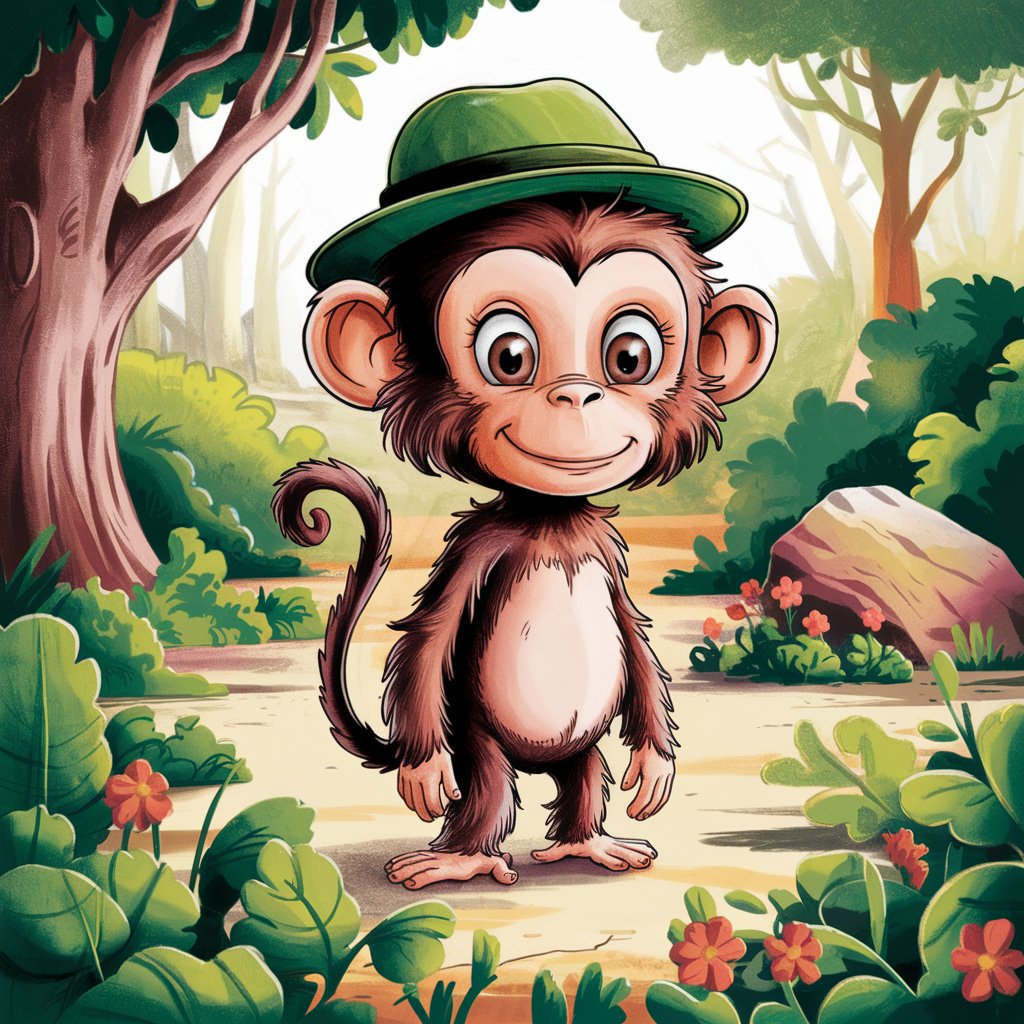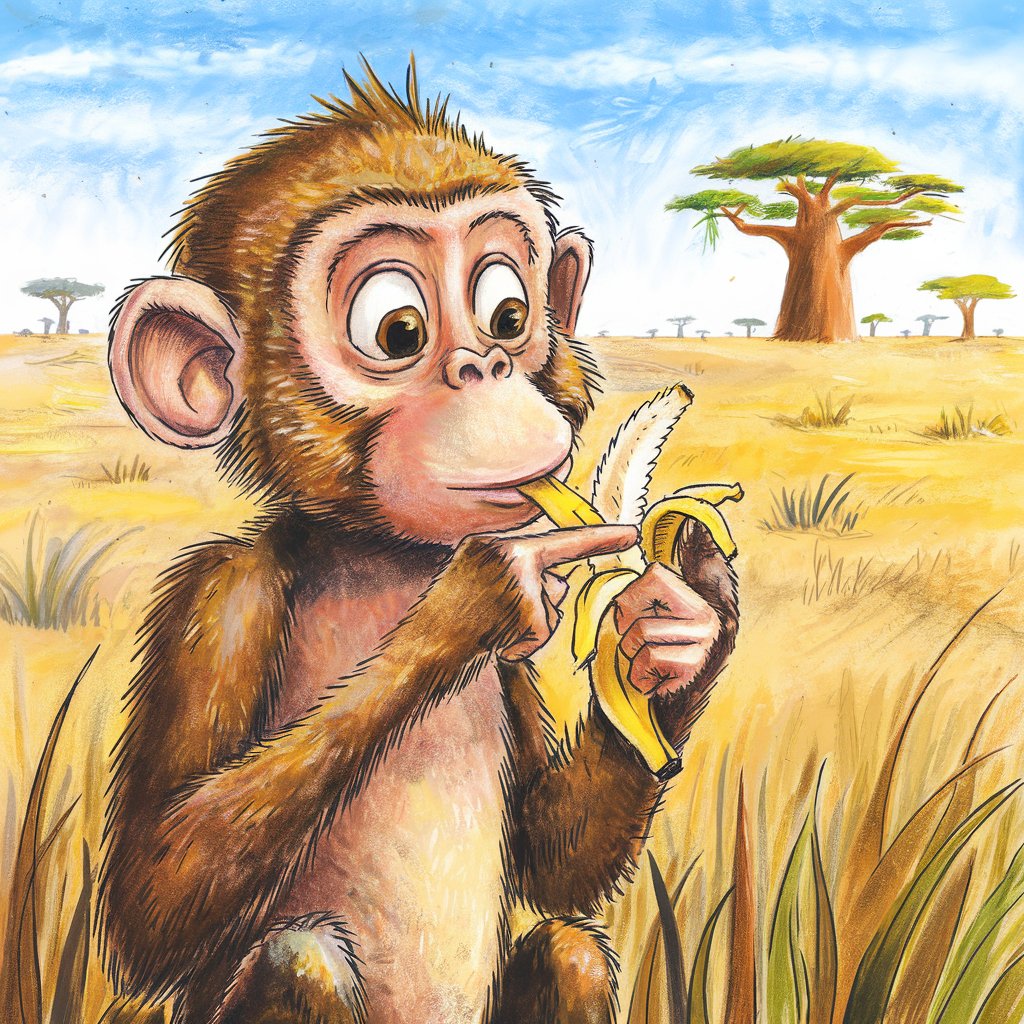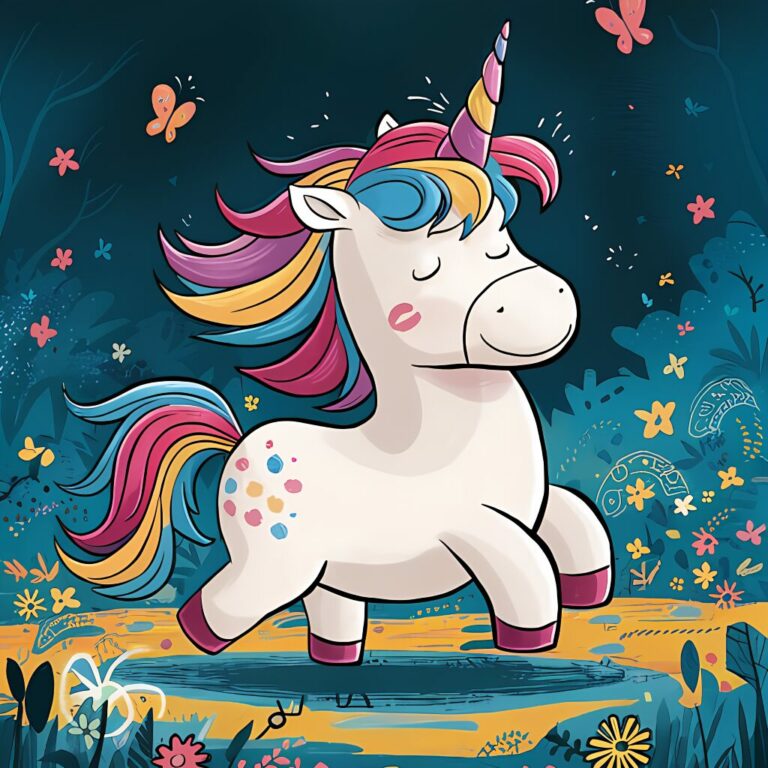Discover the World of Monkeys

According to statistics, there are approximately 351 species of monkeys worldwide, classified into 12 main groups within the Primates order. Among them, 62 species are endangered and urgently need protection. Monkeys inhabit diverse environments, including dense rainforests, rocky mountains, caves, and areas with tall trees and abundant fruit. They are omnivores, feeding on fruits, seeds, insects, and larvae. Bananas are their favorite, while cassava and grains are considered true delicacies. Due to these preferences, monkeys are often known as "tailed thieves," raiding orchards and farmlands.
Physical Characteristics and Social Behavior
Monkeys have a unique body structure, with short, well-groomed fur and long arms that help them climb. Their tails not only provide balance but also function as a "third hand," allowing them to move effortlessly through trees. Their hands closely resemble those of humans, with nails, unique fingerprints, and a flexible thumb that helps them grasp objects, gather food, and even remove thorns from their feet. Monkeys live in groups of 20 to 30 individuals, consisting of multiple generations. Each group has a dominant male leader, responsible for protection, food distribution, and maintaining order. When the leader weakens or dies, a younger and stronger male takes over.
Monkey Intelligence and Communication

Monkeys are highly intelligent, with an excellent memory and quick learning abilities. They have their own communication system, using different sounds to express emotions and intentions. A loud roar warns of danger, a high-pitched scream signals fear, and a triumphant shout indicates victory. Monkeys are also social animals that groom each other and huddle together for warmth. Mother monkeys are extremely caring, keeping their young close all day. If a baby dies, the mother may carry it for days, unable to let go.
Monkeys in Science and Medicine
Due to their biological similarity to humans, monkeys are widely used in scientific research, including pharmaceutical testing, vaccine development, and surgery. In traditional medicine, certain monkey body parts are even used to prepare medicinal remedies. Beyond science, monkeys play an important role in entertainment and art. Thanks to their playful nature and ability to mimic behaviors, they often perform in circuses, films, and even tricks like cycling or tightrope walking.
Monkey Coloring Pages – Fun and Educational for Kids

Monkeys are fascinating animals and a great topic for children to learn about. However, young kids may struggle to grasp complex information through text alone. That’s why AZKleur offers a wonderful collection of monkey coloring pages, allowing children to explore the world of monkeys in a playful and visual way. These vibrant illustrations not only help kids recognize animals but also enhance their creativity and fine motor skills. Discover the best monkey coloring pages at AZKleur and let your child learn in an interactive way! 🎨🐒





